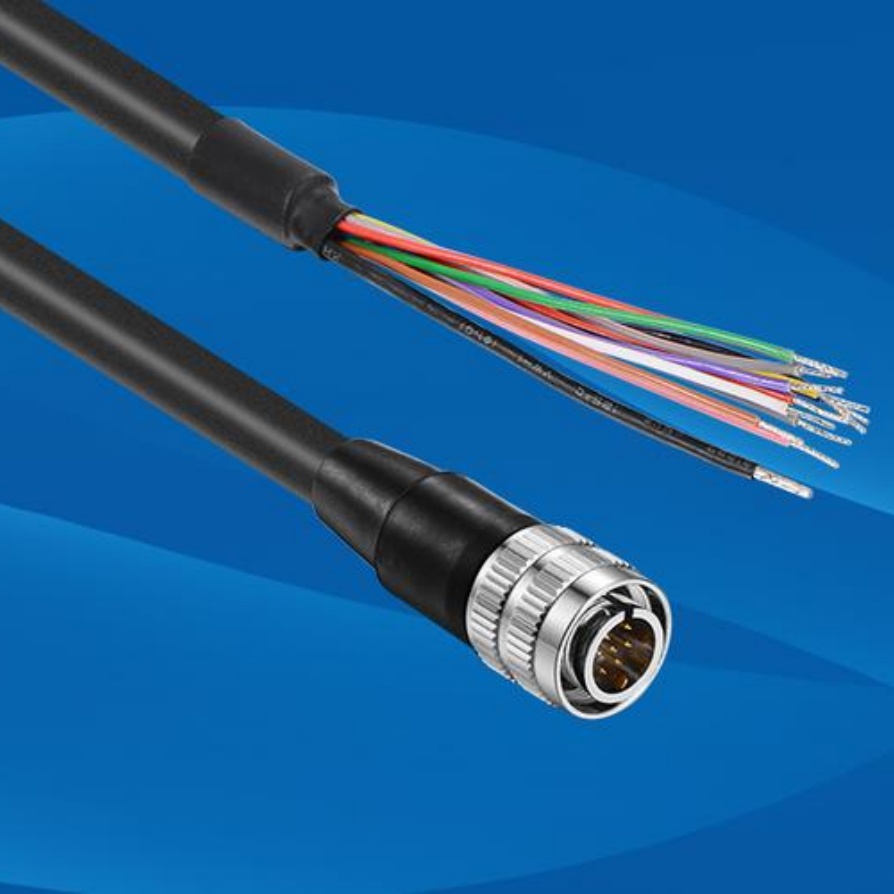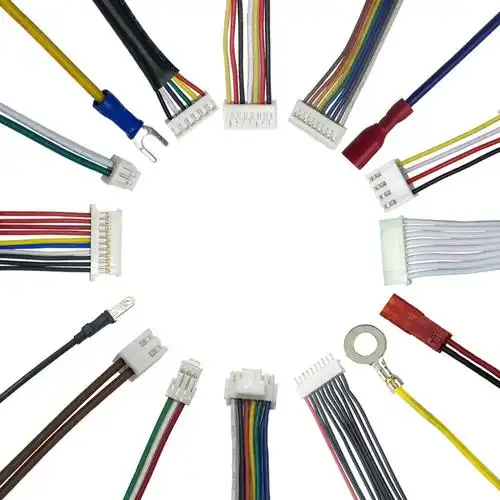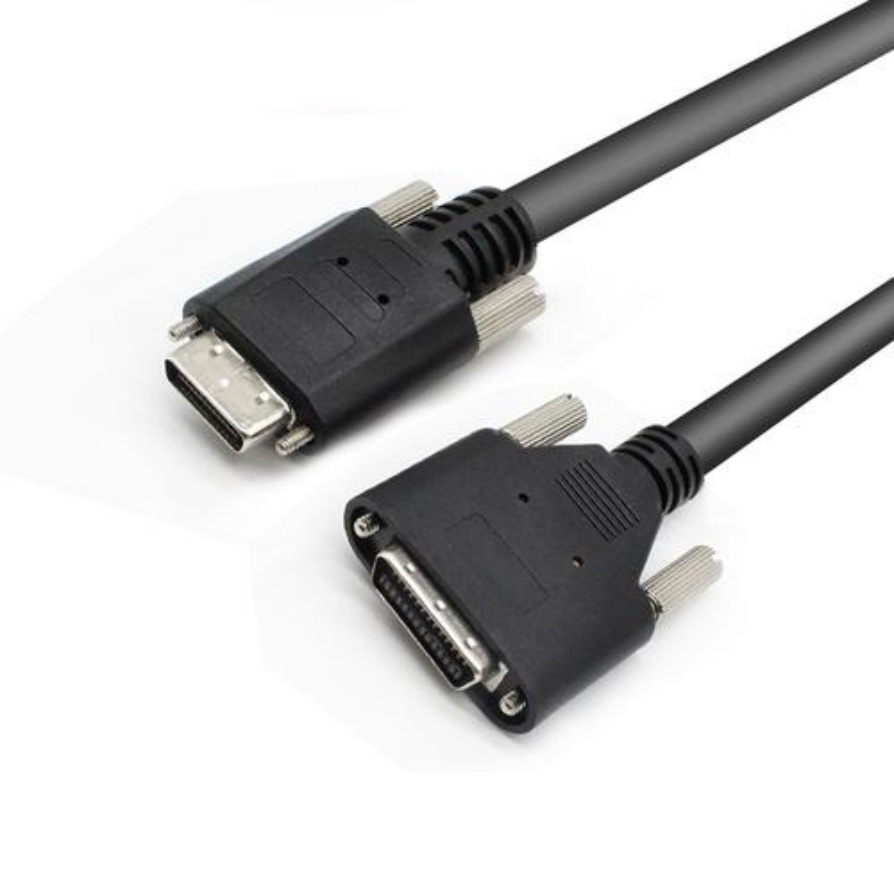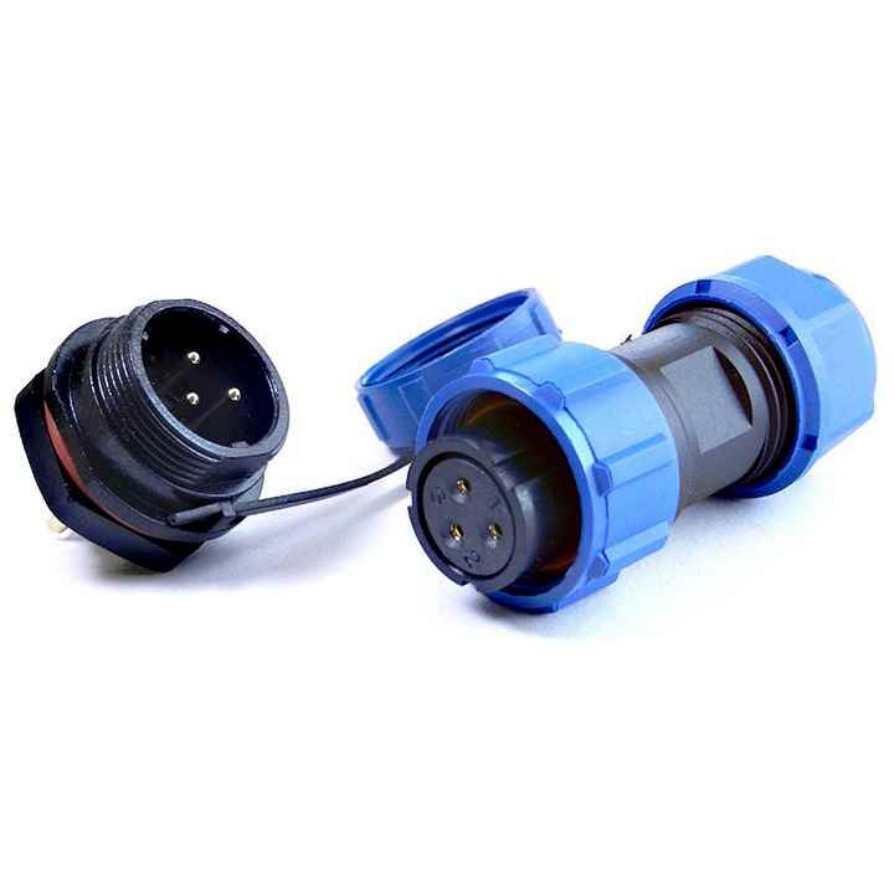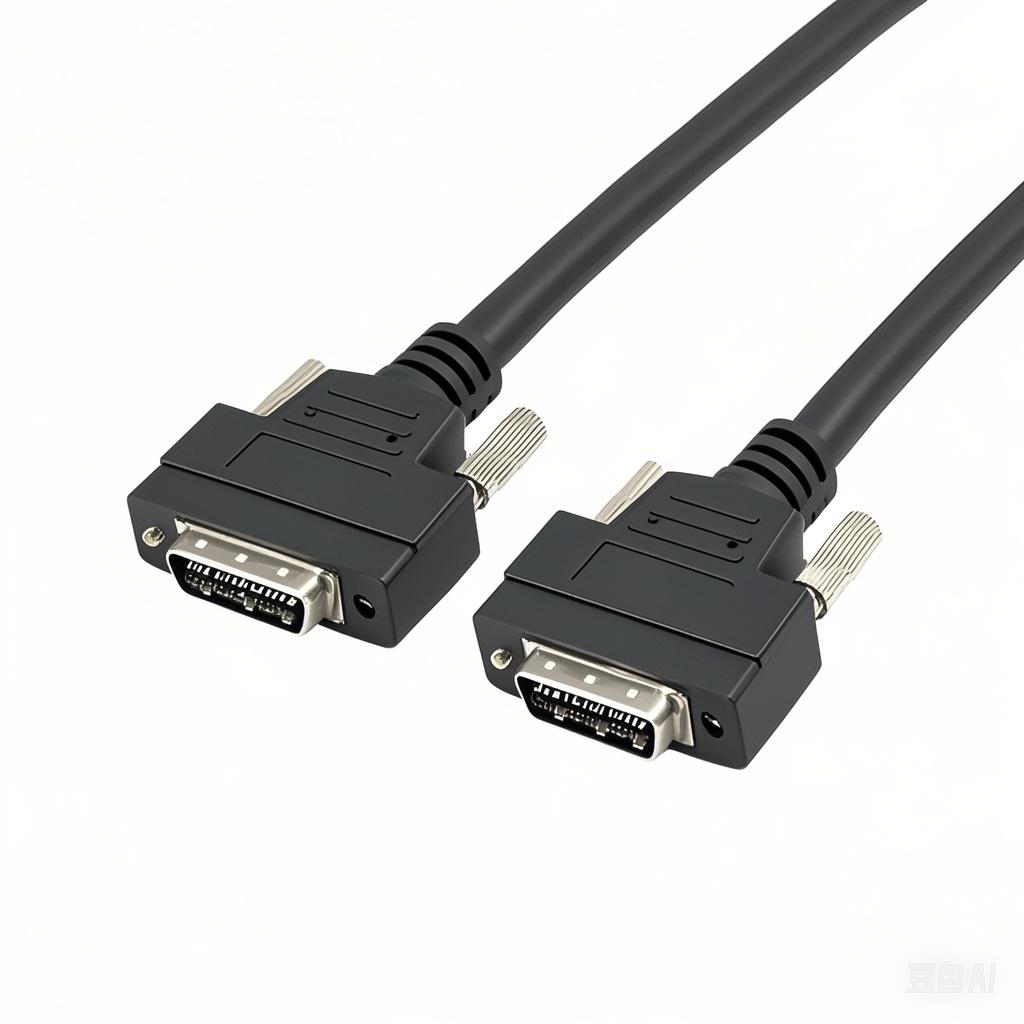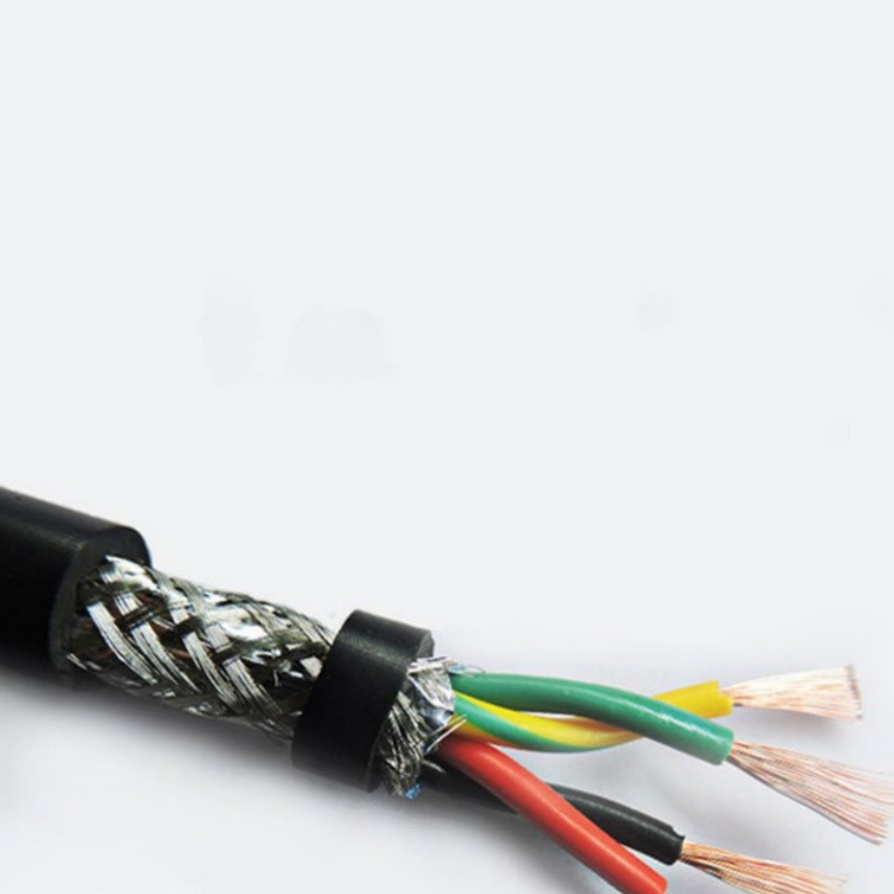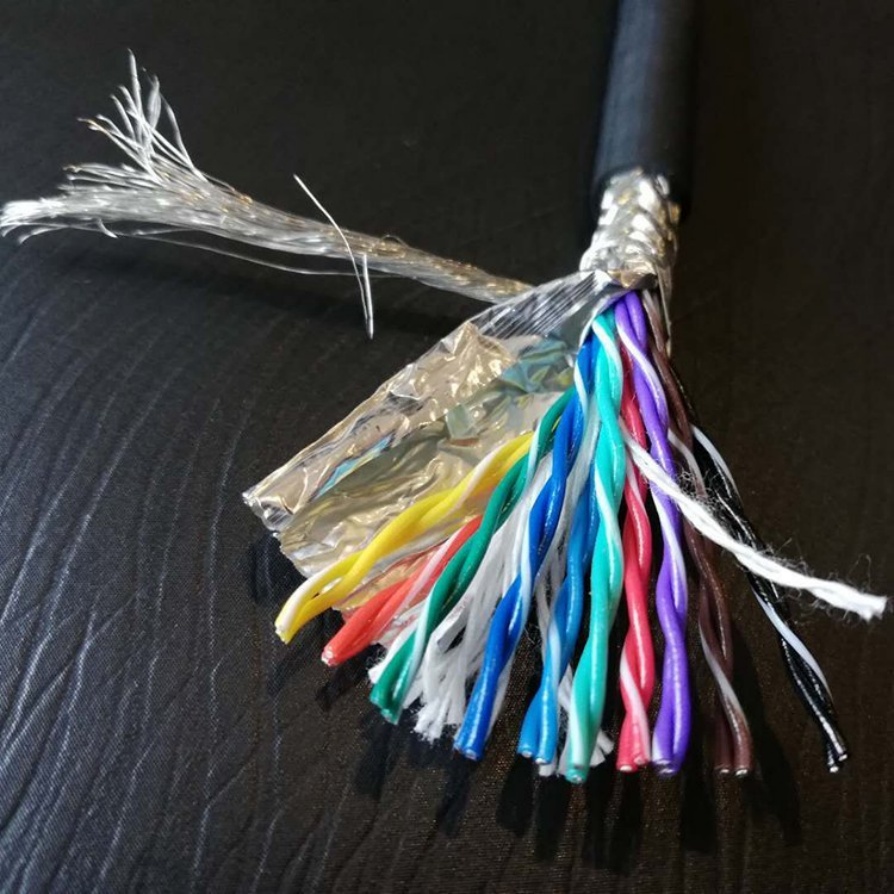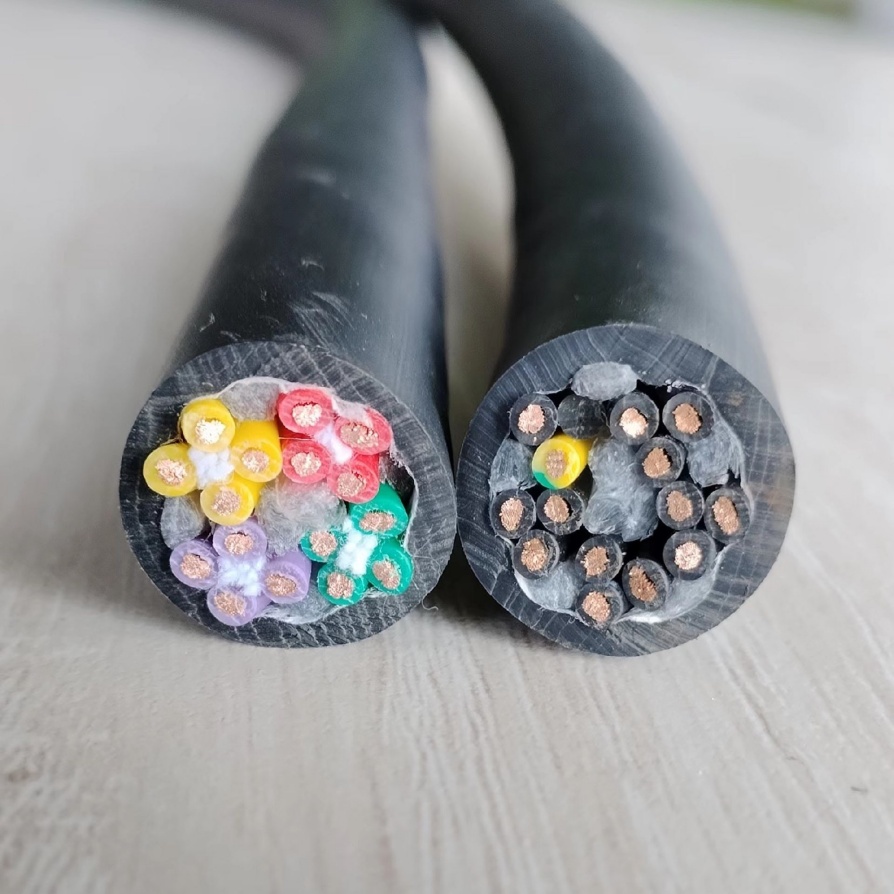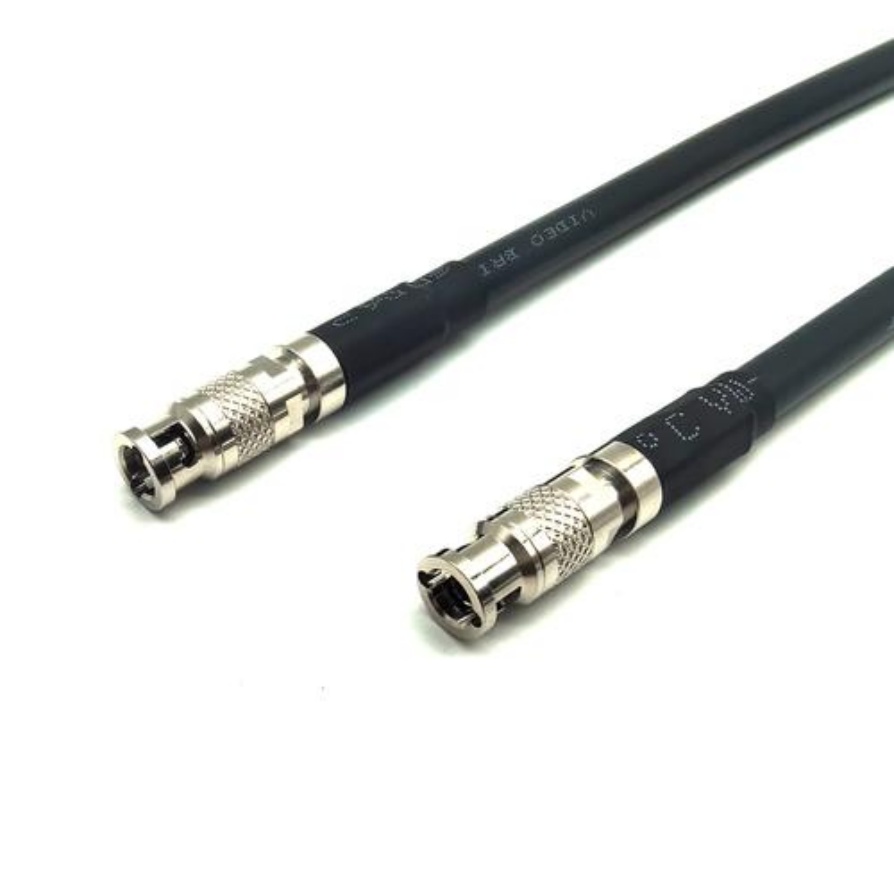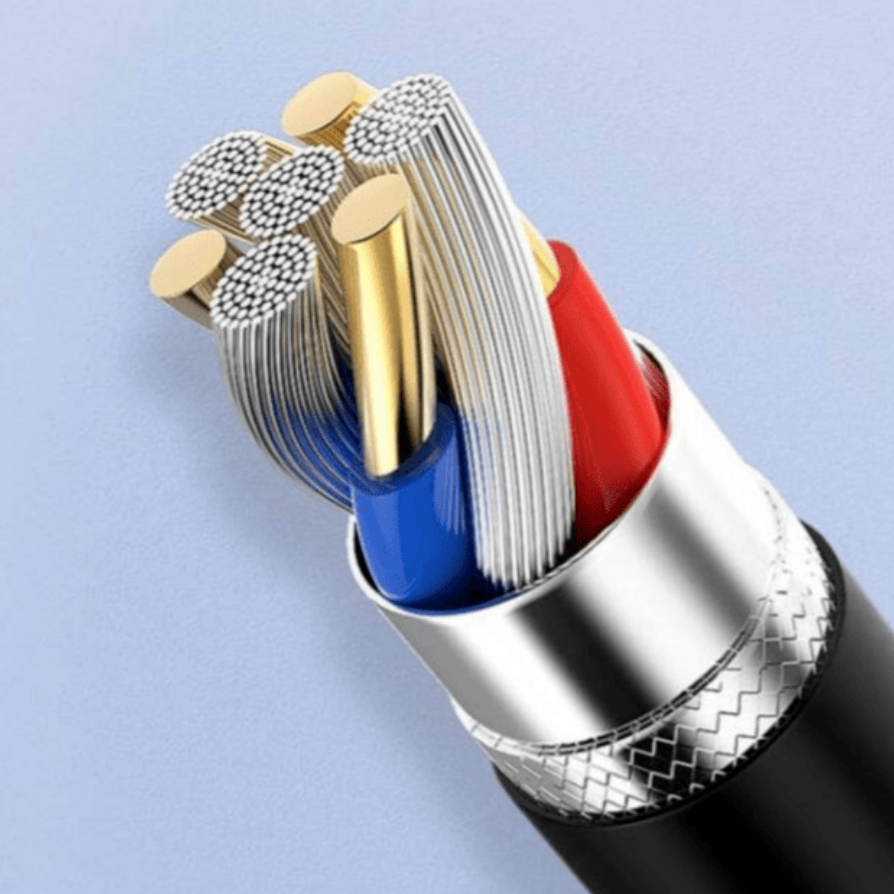Are There High-Performance Machine Cable Options?
The short answer is yes—high-performance machine cables are widely available and essential for powering, controlling, and connecting modern industrial equipment. Unlike standard cables, these specialized solutions are engineered to withstand harsh operating conditions, deliver consistent signal or power transmission, and minimize downtime in high-demand environments. Whether you’re operating automated production lines, heavy machinery, or precision robotics, the right high-performance machine cable can directly impact equipment reliability and operational efficiency.
Key Characteristics of High-Performance Machine Cables
To qualify as “high-performance,” these cables must meet strict standards for durability, functionality, and adaptability. Below are the core traits that set them apart from conventional options:
- Wide Temperature Resistance: They operate reliably in extreme temperatures, ranging from -40°C (for cold storage or outdoor machinery) to 150°C (for industrial ovens or engine-mounted equipment), preventing insulation cracking or signal loss.
- Strong Anti-Interference Capabilities: Shielding (such as foil, braided, or double-shielded designs) blocks electromagnetic interference (EMI) and radio frequency interference (RFI)—critical for precision tools like CNC machines or sensor-driven systems that rely on accurate signal transmission.
- Superior Mechanical Durability: Reinforced jackets (often made of PVC, PUR, or TPE) resist abrasion, impact, and repeated bending. Many are rated for millions of flex cycles, making them ideal for drag chains or moving components in automated lines.
- Chemical and Environmental Resistance: They withstand exposure to oils, solvents, chemicals, moisture, and UV rays—common in automotive manufacturing, food processing, or outdoor industrial settings.
Common Types of High-Performance Machine Cables
High-performance machine cables are not one-size-fits-all. They are tailored to specific machine functions, ensuring optimal performance for each application:
- Flexible Control Cables: Designed for continuous movement (e.g., in robotic arms or conveyor systems). Their stranded conductors and elastic jackets reduce fatigue and extend service life.
- Servo Motor Cables: Optimized for servo drives, these cables transmit high-speed data and power simultaneously. They feature low capacitance to avoid signal delay, which is vital for precise motion control in packaging or printing machines.
- Drag Chain Cables: Built to withstand constant sliding and twisting inside drag chains. They have robust cores and flame-retardant jackets, making them suitable for heavy-duty machinery in construction or mining.
- High-Voltage Power Cables: For machinery that requires high power input (e.g., industrial pumps or large motors), these cables have thick insulation and high current-carrying capacity, complying with safety standards like IEC 60228.
How to Choose the Right High-Performance Machine Cable
Selecting the correct cable ensures it aligns with your equipment’s needs and environmental conditions. Follow these practical steps:
- Assess the Operating Environment: Identify factors like temperature range, exposure to chemicals or moisture, and the frequency of movement (static vs. dynamic applications). For example, a cable used in a food processing plant needs FDA-approved, oil-resistant insulation.
- Match Cable Specs to Equipment Requirements: Check the machine’s power rating, signal speed, and voltage needs. A servo motor cable for a 5-axis CNC machine, for instance, must support higher data rates than a cable for a basic conveyor motor.
- Verify Industry Certifications: Look for certifications like UL (for North America), CE (for the EU), or IEC (global) to ensure compliance with safety and performance standards. Certifications confirm the cable has undergone rigorous testing for reliability.
Real-World Applications
High-performance machine cables are integral to industries where equipment failure is costly:
- Automotive Manufacturing: Robotic welding arms use flexible control cables that resist sparks, oil, and repeated bending.
- Automated Warehouses: Conveyor systems and automated guided vehicles (AGVs) rely on drag chain cables to handle constant movement and warehouse dust.
- Energy Sector: Wind turbines and solar inverters use high-voltage power cables that withstand outdoor weather (UV, rain) and temperature fluctuations.
In conclusion, high-performance machine cables are not just “options”—they are a necessity for modern industrial operations. By focusing on their key characteristics, matching them to your equipment’s needs, and choosing certified products, you can ensure long-term equipment reliability and reduce maintenance costs.
If you need further customization, I can help create a product-specific high-performance machine cable guide (e.g., for robotics or automotive use) that dives deeper into technical specs and supplier considerations—would you like that?


